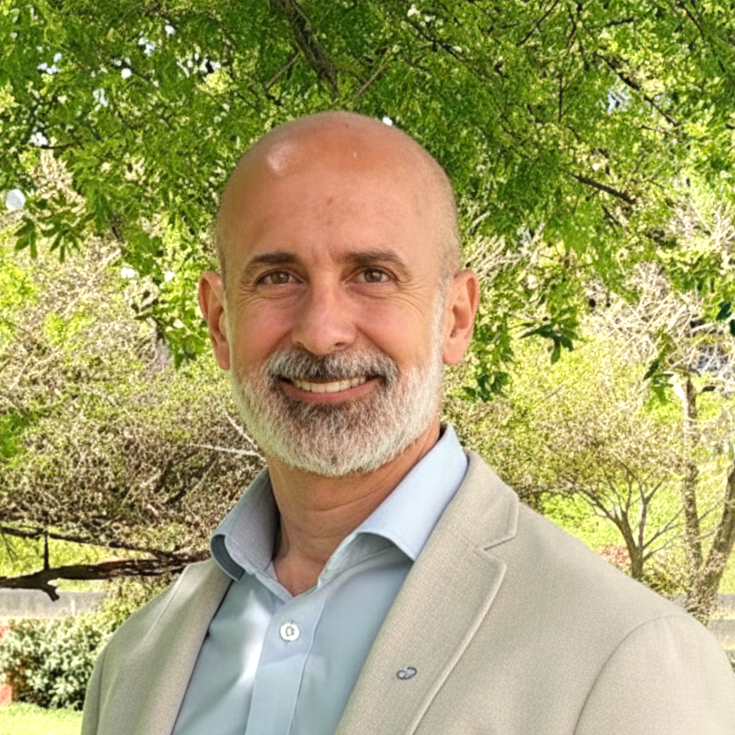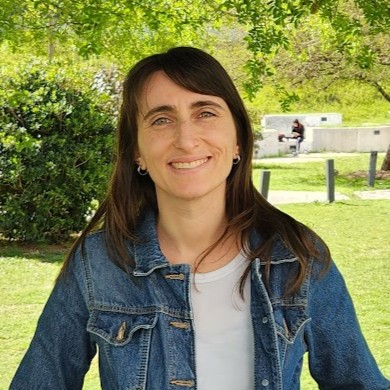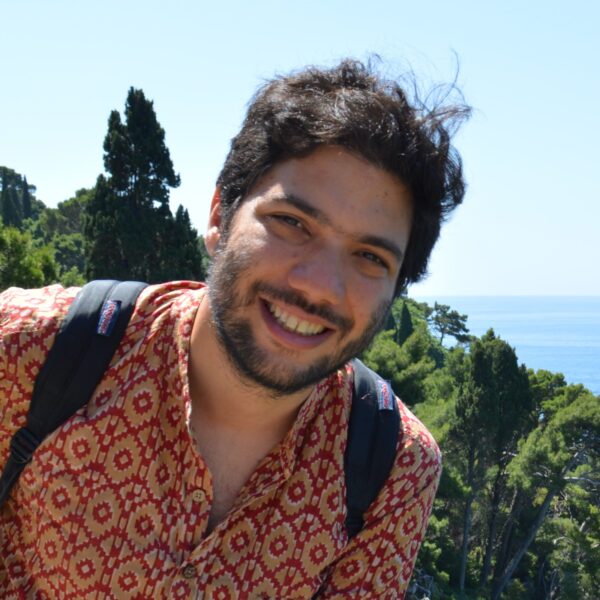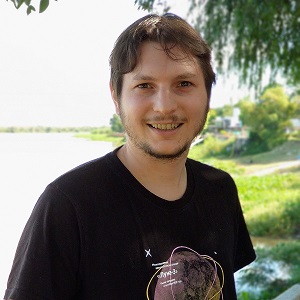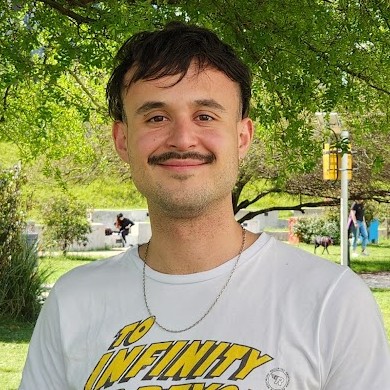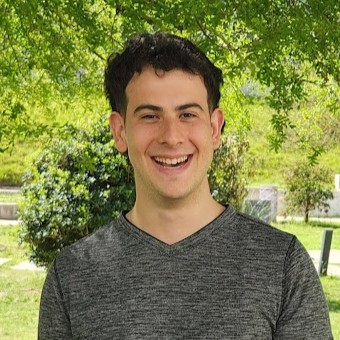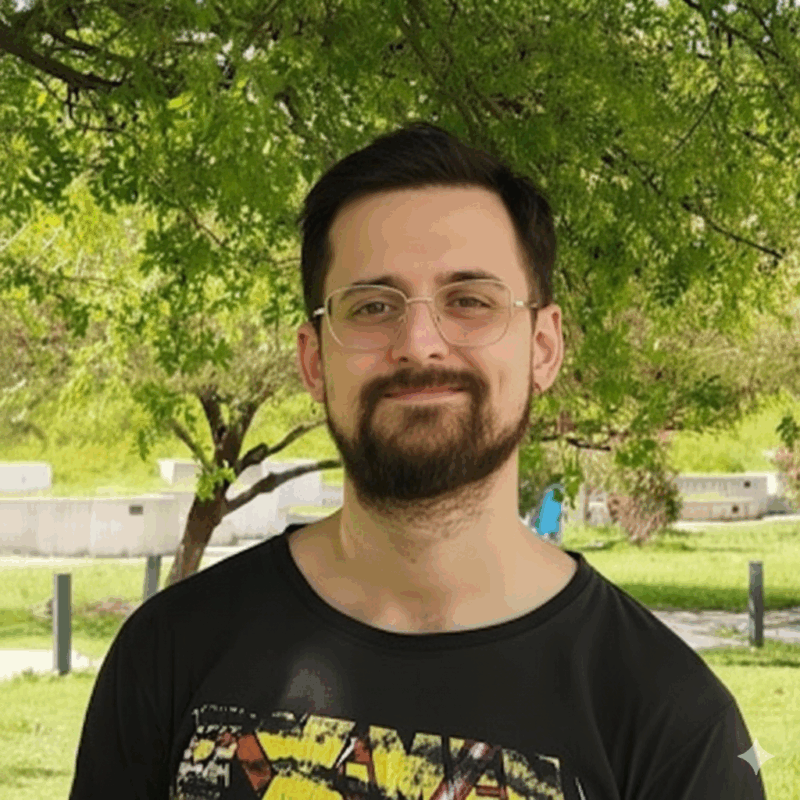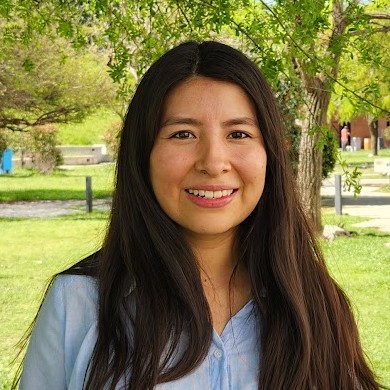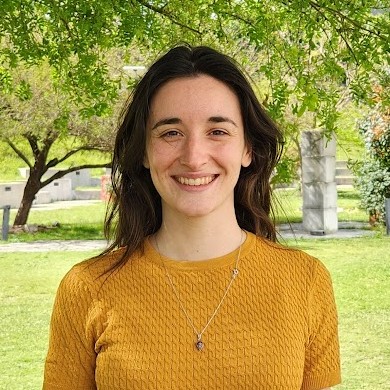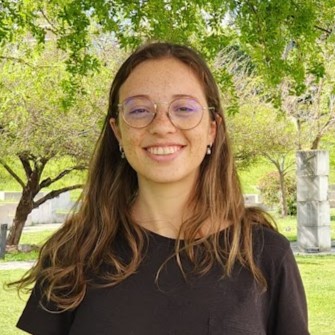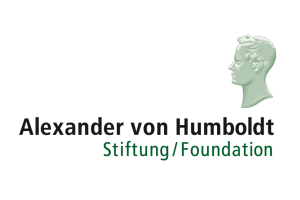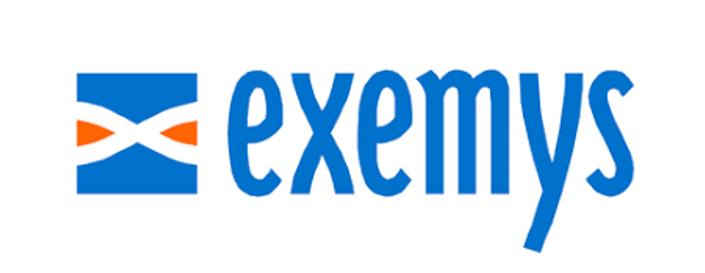Center for Bionanoscience Research (CIBION), National Scientific and Technical Research Council (CONICET)
Physics Department, Faculty of Exact and Natural Sciences, University of Buenos Aires (UBA)
Using optical methods, we explore the properties and technological applications of nanoparticles, single molecules, nanostructured materials, supramolecular assemblies, biological and hybrid nanosystems.
The Applied nanoPhysics Group was launched in October 2009 at the Physics Department, Faculty of Exact and Natural Sciences, of the University of Buenos Aires (UBA)
In 2012 we moved our labs to the Center for Bionanoscience Research (CIBION) of the National Scientific and Technical Research Council (CONICET), while Prof. Stefani still holds his position at the Physics Department of the University of Buenos Aires.
CURRENT RESEARCH ACTIVITIES
Fluorescence nanoscopy.
Super-resolution fluorescence microscopy, also known as fluorescence nanoscopy, has revolutionized biological imaging because they provide deep sub-wavelenght spatial resolution while keeping the low-invasiveness of far-field optical interrogation. We apply and optimize well-established methods like STED and STORM, and develop new ones, such as MINFLUX, and open-source software for fluorescence nanoscopy. With them, we address questions of cellular and neuronal biology.
Optical printing colloidal nanoparticles.
Colloidal chemistry enables the fabrication of nanoparticles of different shapes, sizes and material compositions, that exhibit unique physical and chemical properties, inexistent in bulk materials. In order to make use of those properties in devices and circuits, it is necessary to develope methods to bring the colloidal nanoparticles from the liquid phase to specific locations of solid substrates. We address this challenge using optical forces.
Self-assembled Nanophotonic Devices.
Semiconductor-based devices are approaching intrinsic limits of speed and heat dissipation.
Optical devices are faster and practically loss-less, but their size miniaturization is limited by the wavelength of light. Nanophotonics and Plasmonics deals with the manipulation of light at the nanoscale. We investigate light-matter interaction between single-photon emitters and metallic nanoparticles organized in nanodevices by self-assembly.
LATESTS NEWS
An alternative to MINFLUX that enables nanometre resolution in a confocal microscope
Fluorescence microscopy is a major workhorse in life sciences, biophysics, and physical chemistry, as it allows visualization with great specificity and sensitivity. In particular, the detection of single fluorescent molecules has been used to provide information beyond ensemble averages with applications in different fields of research. For example, super-resolution methods [...]
Fine-tuning the light-induced growth of nanoparticles with a luminescence closed-loop control
The morphology and composition of metallic nanoparticles (NPs) determine their optical response, so finely controlling them at the single particle level is a key to achieve tailored functionalities. In a recent publication by Luciana Martinez et al. we show that the plasmon-driven growth of Au NPs can be monitored in [...]
Congratulations to Dr. Cecilia Zaza
Today, Cecilia "Chechu" Zaza defended her Ph. D. thesis “Impresión óptica de nanopartículas de silicio y métodos para medir temperatura con resolución espacial en la nanoescala”, obtaining the highest grade from the jury Dr. Gustavo Grinblat, Dr. Ana Sol Peinetti, and Dr. Ana María Huergo. Chechu joined the group in [...]
Welcome Dr. Piotr Zdankowski
Starting in March 2022, Dr. Piotr Zdankowski has joined our group for a postdoctoral stay with a Research Fellowship of the National Agency for Scientific Exchange of Poland. The Research Fellowship programme aims to implement the Projects together with eminent foreign scientists and scientific teams as well as establish long-term [...]
Prof. Dr. Pedro Aramendía retires and CIBION say thanks
Founding Director of CIBION Prof. Dr. Pedro Aramendía has retired after 10 years leading the activities of the institute. Pedro has been a great researcher, teacher, and mentor of many young researchers. Thank you Pedro [...]
Multiphoton single-molecule localization with sequential structured illumination
MINFLUX represented a breakthrough showing that single fluorescent molecules could be localized with 1-2 nm precision with moderate photon counts.Such level of localization efficiency enables single-molecule tracking and super-resolution imaging with true molecular resolution. The key concept was to estimate the molecular position from a sequence of exposures to spatially [...]
Prof. Stefani appointed member of the Editorial Advisory Board of ACS Photonics
Prof. Fernando Stefani has been appointed to the Editorial Advisory Board of ACSPhotonics, becoming the only member from Latin America. ACS Photonics is a reference journal in the field of photonics, and has recently updated the list of topics covered under the new Editor in Chief Prof. Romain Quidant: Nanophotonics, [...]
Python package for fully vectorial calculations of focused fields
Focused optical fields are key to a multitude of applications involving light-matter interactions, such as optical microscopy, single-molecule spectroscopy, optical tweezers, lithography, or quantum coherent control. A detailed vectorial characterization of the focused optical fields that includes a description beyond the paraxial approximation is key to optimize technological performance as [...]
COLLABORATORS
STEFAN HELL
Max-Planck-Institute for Biophysical Chemistry (Göttingen, Germany)
THOMAS JOVIN
Max-Planck-Institute for Biophysical Chemistry (Göttingen, Germany)
ALFREDO CÁCERES
Instituto Universitario de Ciencias Biomédidas de Córdoba (Córdoba, Argentina)
PHILIP TINNEFELD
Ludwig-Maximilians-University Munich (Germany)
GUILLERMO ACUNA
University of Fribourg (Switzerland)
ANDRÉS ZELCER
Centro de Investigaciones en Bionanociencias (Buenos Aires, Argentina)
ANDREA BRAGAS
University of Buenos Aires (Argentina)
DARÍO KRAPF
Instituto de Biología Molecular y Celular de Rosario (IBR – Santa Fe, Argentina)
SABRINA SIMONCELLI
University College London (UK)
DAMIAN REFOJO
Biomedicine Research Institute of Buenos Aires (Argentina)
RODRIGO PALACIOS
Universidad Nacional de Río Cuarto (Córdoba, Argentina)
OSCAR CAMPETELLA
Universidad Nacional de General San Martín (Buenos Aires, Argentina)









